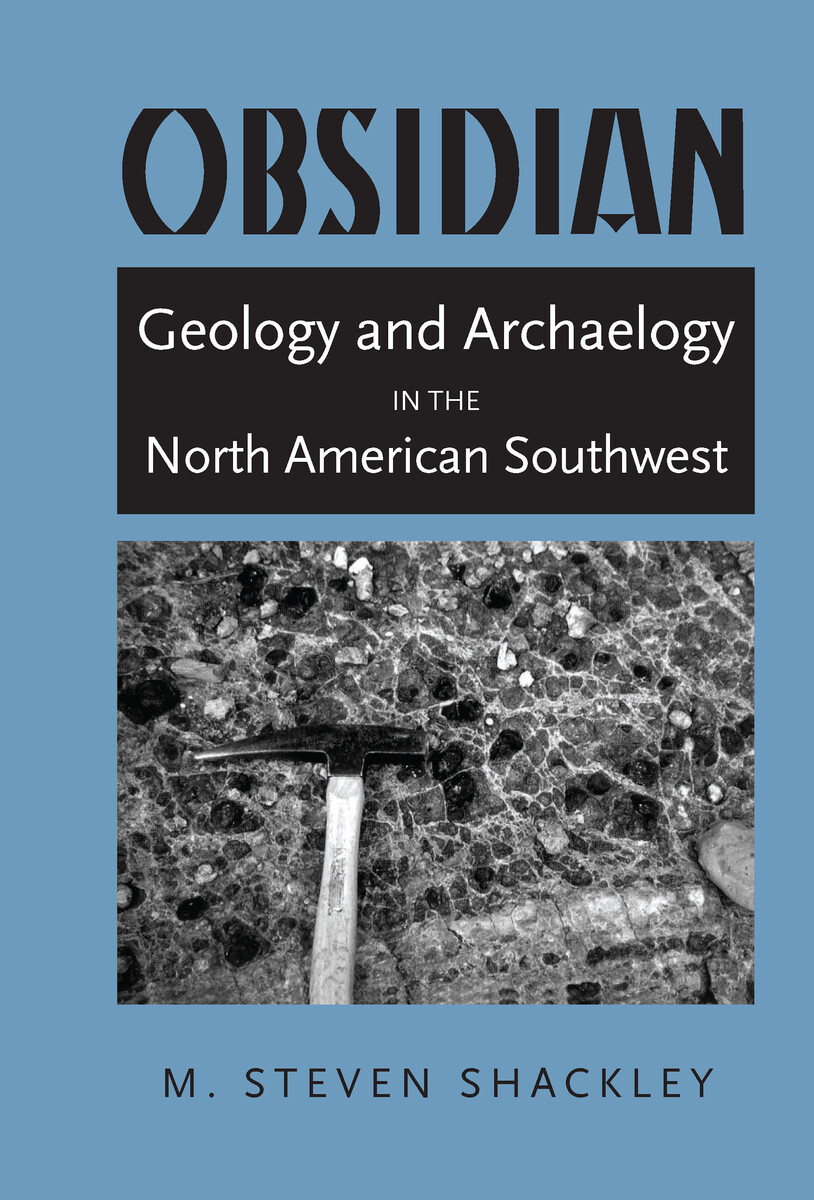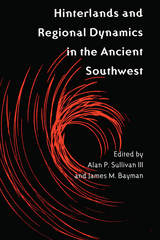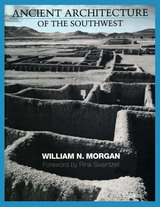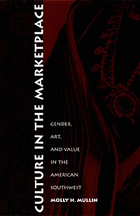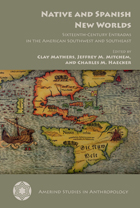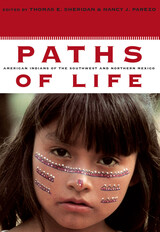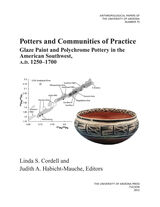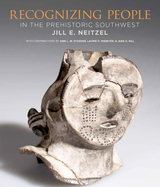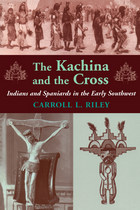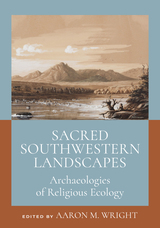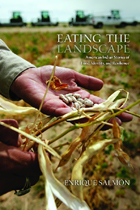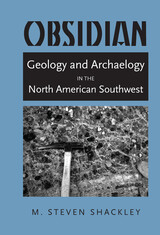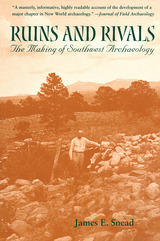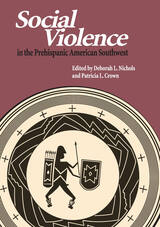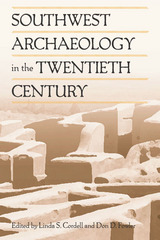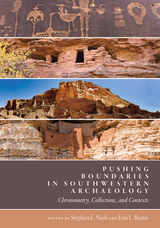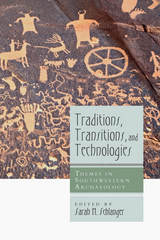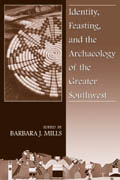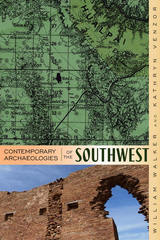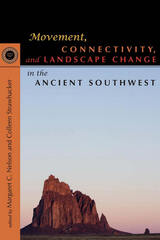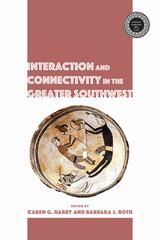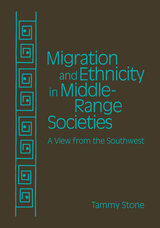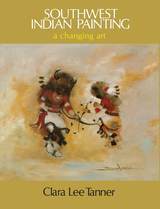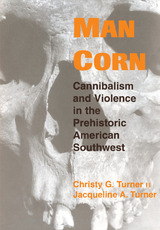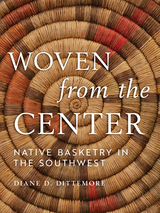[FMT]Contents[\]
List of Illustrations 000
List of Tables 000
Preface 000
Part I Geology, Methods, and the Sources of Archaeological Obsidian 000
1 "Little Black Rocks in the Desert": An Introduction 000
2 Obsidian Petrology and Geologic History 000
3 Obsidian Sources: Geology, Geography, and Archaeology 000
4 Beyond a "Fishing Expedition": Laboratory and Field Strategies for the
Discovery and Analysis of Archaeological Obsidian in the Southwest
000
Part II Archaeology, History, and Application 000
5 Obsidian in Ethnohistory and the Public Imagination 000
6 Range and Procurement in the Preceramic Southwest 000
7 Migration, Ethnicity, and External Relationships in the Classic Period
Tonto Basin 000
8 Gender and Social Identity During the Hohokam Sacaton Phase 000
9 Obsidian Studies in a Twenty-first-Century Southwestern Archaeology 000
Glossary 000
Appendix: Elemental Concentrations for Unpublished Sources of Archaeological
Obsidian in the Southwest and Instrument Conditions for Analysis 000
Notes 000
References Cited 000
Index 000m^
[FMT]List of Illustrations[\]
[FM1]Figures[\]
1.1. General location of sources of archaeological obsidian in the greater
American Southwest 000
2.1. The 885-year-old Glass Mountain obsidian flow on the east rim of the
Medicine Lake caldera in northeastern California 000
2.2 Obsidian flow breccia at Glass Mountain, Medicine Lake Highlands Volcanic
Field, northeastern California 000
2.3 Stylized cross section of a recent rhyolite extrusion producing aphyric
obsidian 000
2.4 The evolution of Mid-Tertiary and Quaternary volcanism in Arizona 000
2.5. A schematic section through the continental and oceanic crust showing
crust and mantle lithosphere 000
2.6. Obsidian zone with remnant marekanites at the Antelope Creek locality,
New Mexico 000
2.7. Spherical and spheroidal marekanites in remnant perlitic lava at Locality
2, Sand Tanks, western Arizona 000
2.8. Large (] 10 cm) nodules on the southeast side of Quaternary RS Hill, San
Francisco Volcanic Field 000
2.9. Tertiary coalesced rhyolite domes at Los Vidrios, Sonora, on the eastern
edge of the Sierra Piñacate Volcanic Field 000
2.10. Schematic diagram of the evolution of the collapse of the Valles Caldera
000
3.1. Obsidian-producing domes in the San Francisco Volcanic Field 000
3.2. Government Mountain dome complex from the west 000
3.3. The Sand Tanks obsidian source area and distinctive features 000
3.4. Angular marekanites in ashy perlitic matrix at Locality 1C, Sand Tanks
000
3.5. The eastern Arizona/western New Mexico region and sources of
archaeological obsidian 000
3.6. Rb, Zr, Ba three-dimensional plot of three in situ located Mule Creek
chemical groups 000
3.7. Selected topographical and geological map of the Mount Taylor study area
000
3.8. Y versus Nb biplot of Horace Mesa and Grants Ridge source standards
000
3.9. Topographical rendering of a portion of the Jemez Mountains, Valles
Caldera, and relevant features 000
3.10. Generalized stratigraphic relations of the major volcanic and alluvial
units in the Jemez Mountains 000
3.11. Rb, Y, Zr three-dimensional plot of Valle Grande, El Rechuelos, and
Cerro Toledo Rhyolite obsidian source standards 000
3.12. Valle Grande Rhyolite obsidian nodules photographed by Boyer and
Robinson collected along San Antonio Creek in the caldera 000
3.13. Fralick et al. map of source assignments in central-southern Chihuahua
000
3.14. Rb, Sr, Zr plot of Agua Fria and Sierra la Breña "source" standards
000
3.15. Landsat shaded relief map of a portion of the basin and range region of
northwestern Chihuahua 000
5.1. Pima arrowpoints from Russell (1908:110) 000
5.2. The territory of the Watarma band of Northeastern Yavapai 000
6.1. Obsidian source provenance and lithic technology studies in Preceramic
sites 000
6.2. Proportion of archaeological obsidian source material in Middle Archaic
sites 000
6.3. Proportion of archaeological obsidian source material in Late Archaic
sites 000
6.4. Selection of obsidian projectile points and one preform from AZ CC:3:76
(ASM) 000
6.5. Distribution of obsidian source provenance for the assemblage as a whole
from the US 191 sites 000
7.1. Tonto Basin, central Arizona, and various project sites 000
7.2. Proportion of obsidian sources in Classic Tonto Basin sites overall
000
7.3. Distribution of obsidian source provenance at Cline Terrace Mound 000
7.4. Distribution of obsidian source provenance at Rock Island 000
7.5. Distribution of obsidian source provenance at Schoolhouse 000
7.6. Distribution of obsidian source provenance at Livingston 000
8.1. Hoffman's three major tool traditions, the sites analyzed in his study
with the addition of Palo Verde Ruin and AZ U:11:252 000
8.2. Hoffman's (1997) decorative point styles 000
8.3. Hoffman's (1997) utilitarian point styles 000
8.4. A sample of obsidian Snaketown Serrated points from Snaketown 000
8.5. Upper row: Sample of obsidian Sauceda Side-notched points from Snaketown.
Lower row: Mix of various utilitarian and other forms 000
8.6. Frequency distribution of obsidian source provenance for all artifacts
from Snaketown 000
8.7. Obsidian source provenance by Snaketown Serrated and Sauceda Side-notched
at Snaketown 000
8.8. Detail of the late Sedentary hamlet at AZ U:11:252 (ASM) 000
8.9. Raw Superior source marekanites and bipolar cores and fragments from AZ
U:11:252 000
8.10. Superior source bipolar flakes and fragments, and early to late stage
projectile point preforms from AZ U:11:252 000
8.11. Snaketown Serrated projectile points from AZ U:11:252 000
8.12. Distribution of obsidian source provenance at the Gatlin Site near Gila
Bend 000
8.13. A sample of obsidian projectile points from the Gatlin Site 000
8.14. Mainly obsidian projectile points from the Moreland Locus cemetery at La
Ciudad 000
8.15. Distribution of obsidian source provenance at Palo Verde Ruin 000
8.16. Obsidian projectile point forms from Palo Verde Ruin 000
8.17. Obsidian projectile points from the Cohonina Pittsburgh Village Site
near Williams, Arizona 000
8.18. Major Sacaton Phase Hohokam tool traditions and the obsidian source
provenance mix for the traditions 000
[FM1]Tables[\]
2.1. Major and trace element chemistry of different types of obsidian
worldwide 000
3.1. Occurrences of Sand Tank obsidian artifacts outside the local
distribution area 000
3.2. Selected WXRF oxide values for two Mount Taylor field source standards
000
4.1. Quantitative analysis of source standard sample splits from Obsidian
Butte, California 000
4.2. Comparison of visual categories versus XRF source assignments for
obsidian artifacts from Zuni Pueblo 000
6.1. Eastern Kumeyaay resource use schedule 000
6.2. Nutritional value of major Southwestern piñon seeds 000
6.3 Obsidian source provenance for Paleoindian through Late Archaic/Early
Agricultural sites in Arizona 000
7.1. Cross-tabulation of site group by obsidian source provenance in the Tonto
Basin 000
8.1. Frequency distribution of obsidian source provenance at Snaketown and
linear distance to source 000
8.2. Frequency distribution of obsidian source provenance at La Ciudad and
the Bailey Site 000
A.1 EDXRF concentrations for selected trace elements for three international
rock standards 000
A.2 Bull Creek, Yavapai County (formerly AZ Unknown B) 000
A.3 Analysis of major compounds for north central New Mexico obsidian
sources 000
A.4 Valles rhyolite 000
A.5 Cerro Toledo rhyolite 000
A.6 El Rechuelo rhyolite 000
A.7 Bear Springs Peak 000
A.8 Mount San Antonio Field, Taos Plateau, No Agua North 000
A.9 Mount San Antonio Field, Taos Plateau, No Agua West 000
A.10 AZ Unknown A 000
A.11 El (Lago) Barreal, east central Chihuahua 000
A.12 Sierra La Breña, Chihuahua 000
A.13 Agua Fria, Sonora 000
A.14 Sierra San Luis, Sonora 000
A.15 Sierra Fresnal, northern Chihuahua 000
A.16 Los Jaguëyes, northern Chihuahua 000
A.17 SON Unknown A 000
A.18 CHIH Unknown A 000
